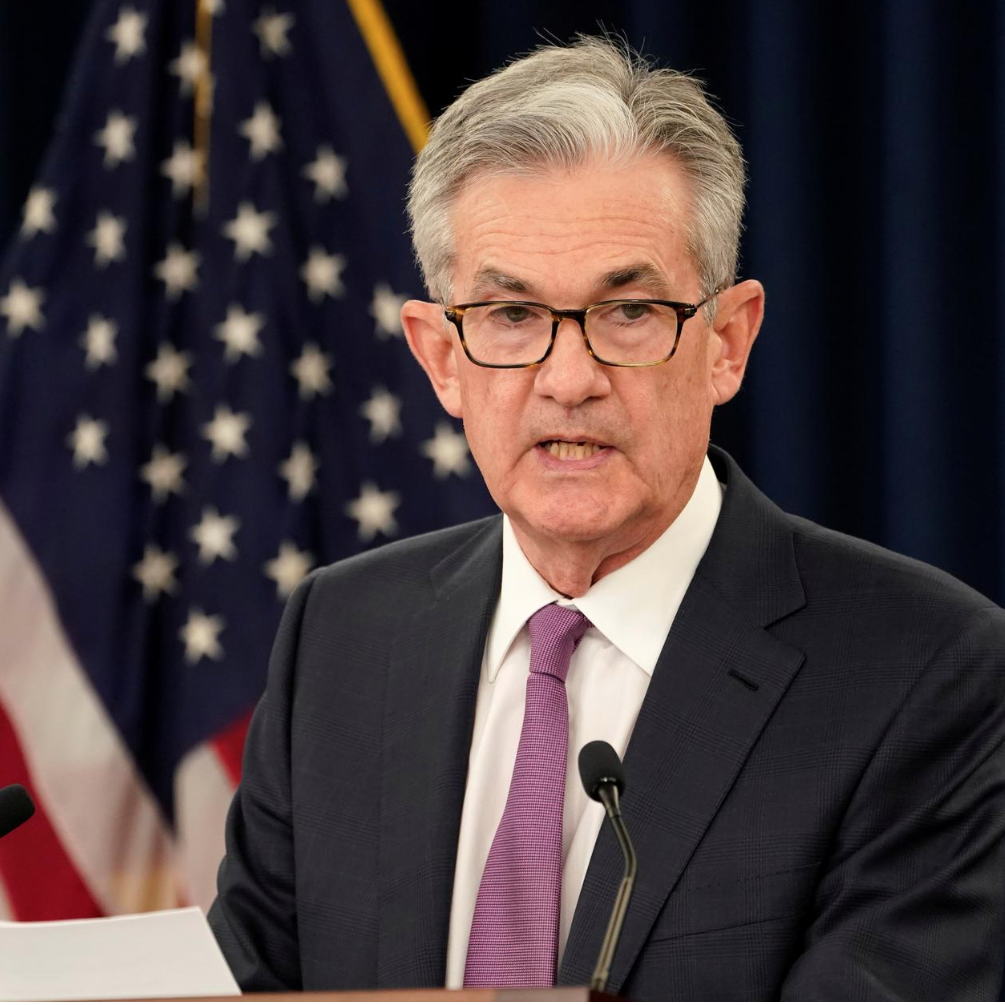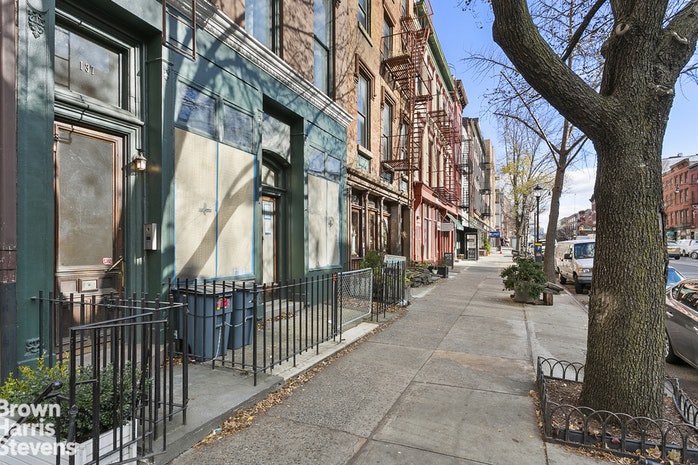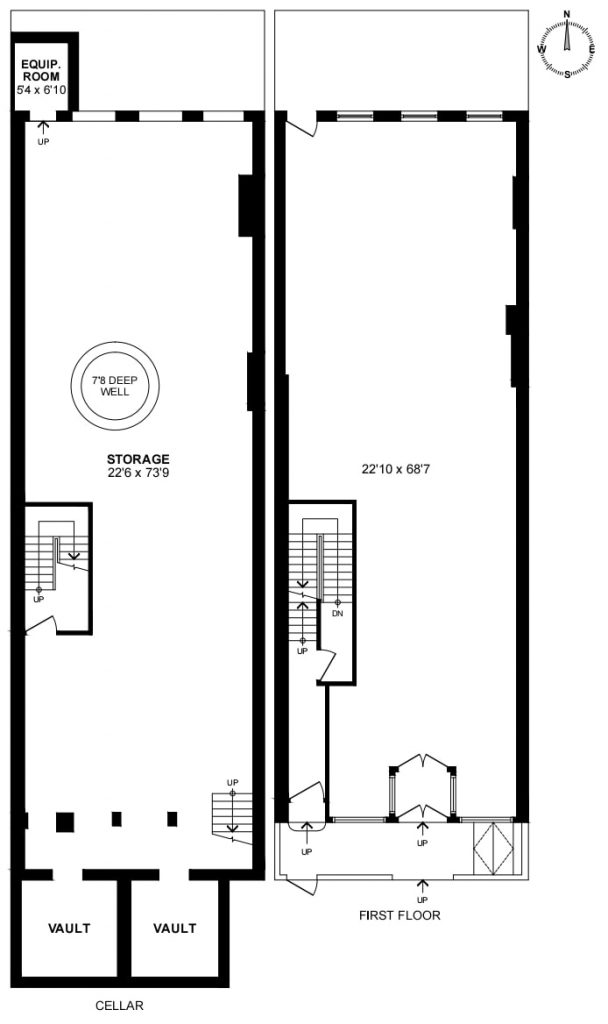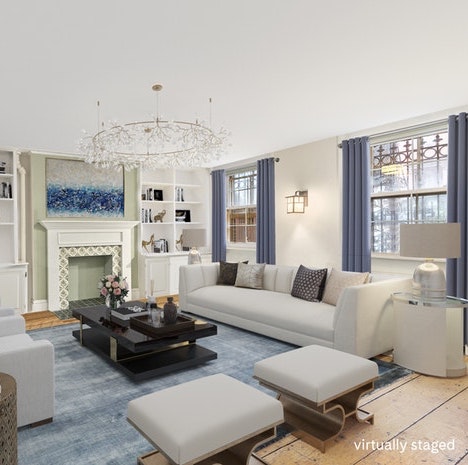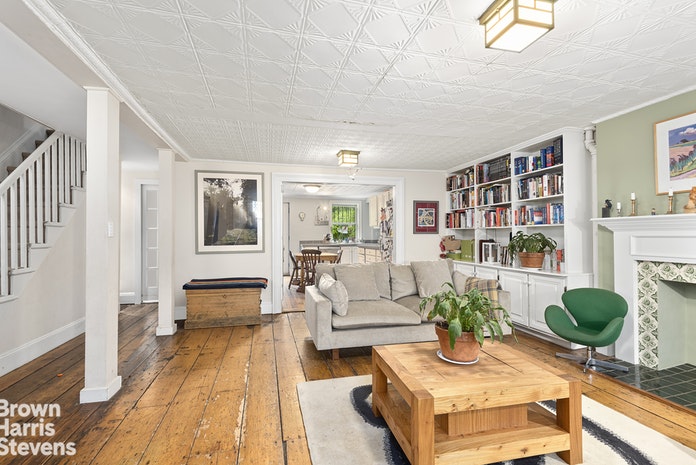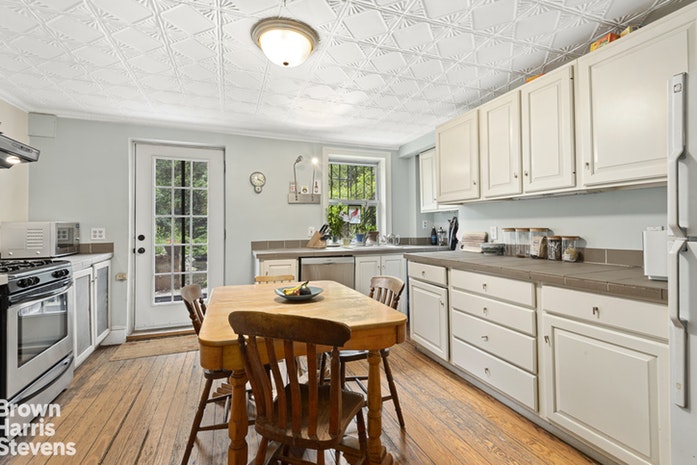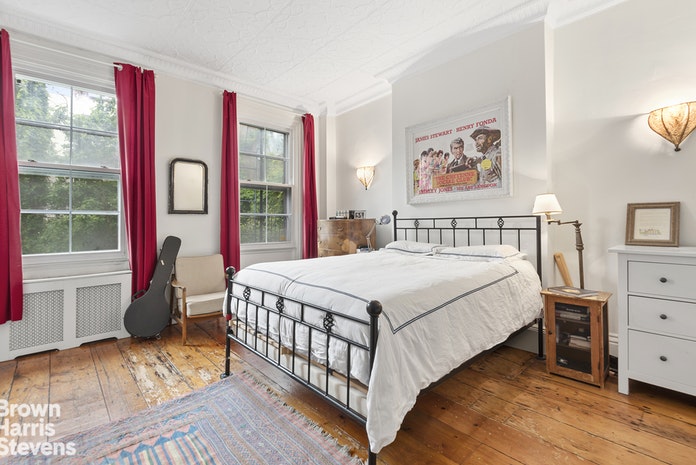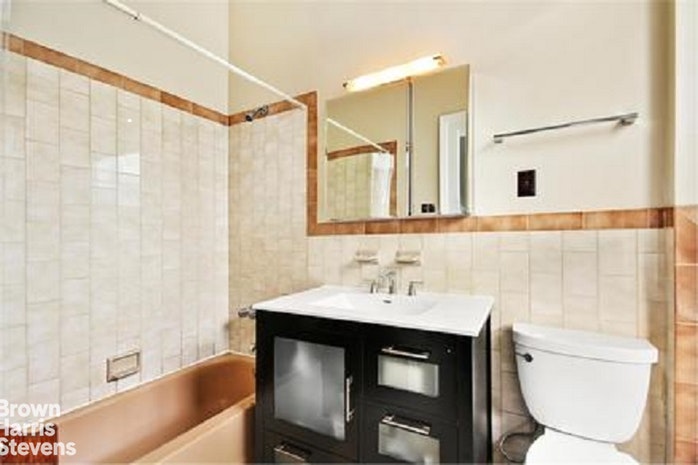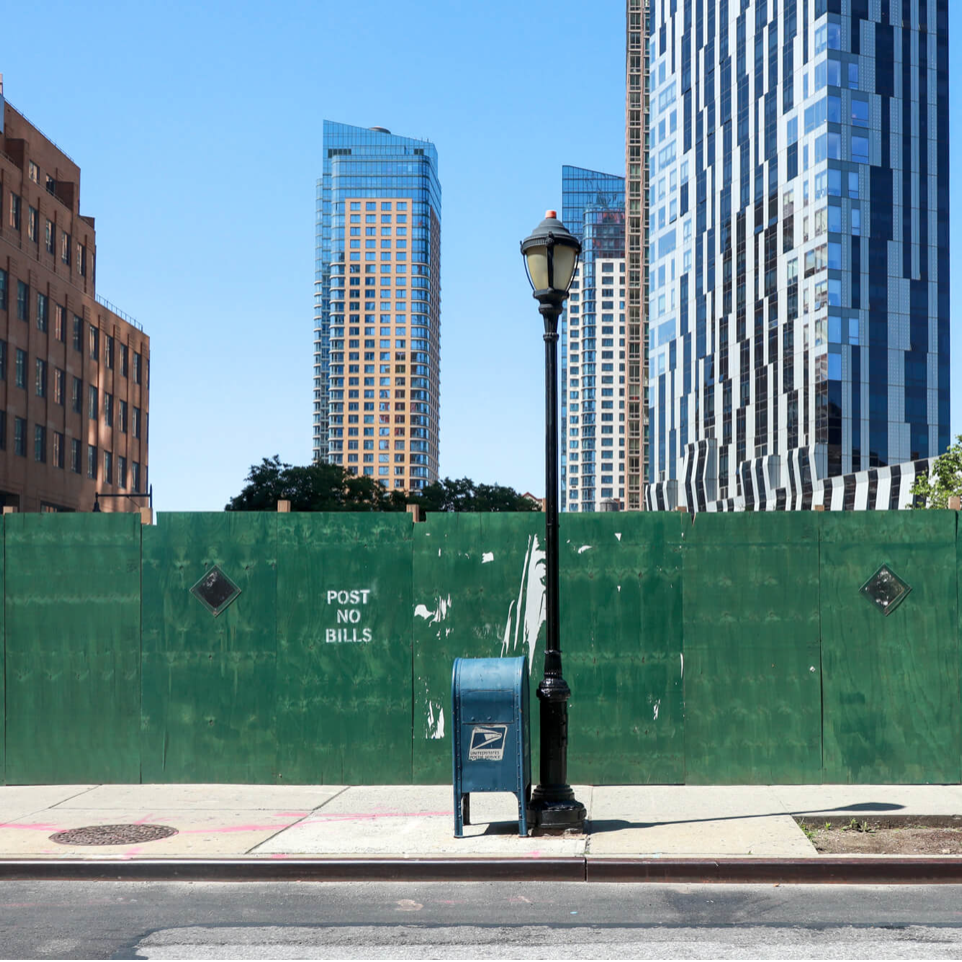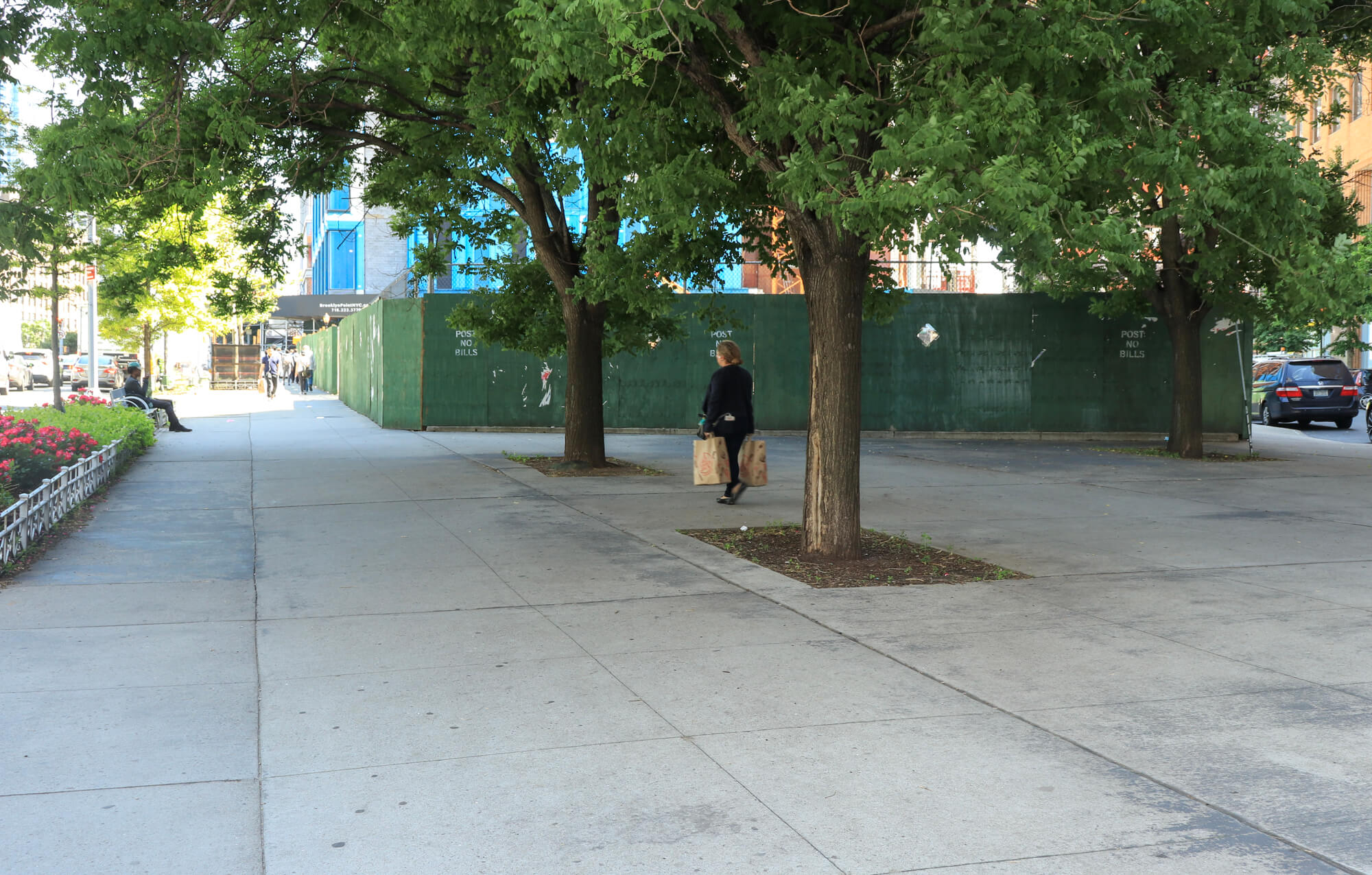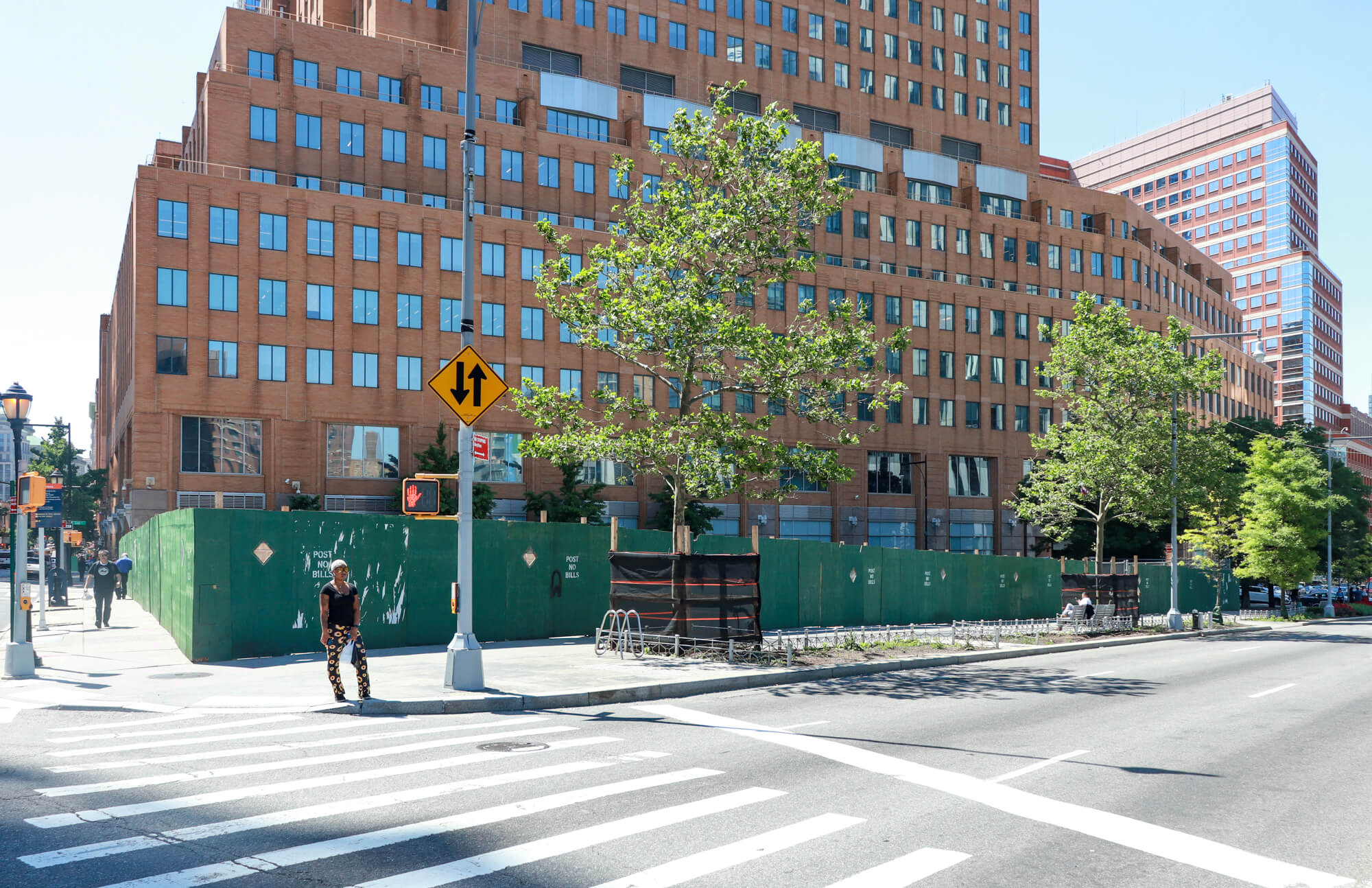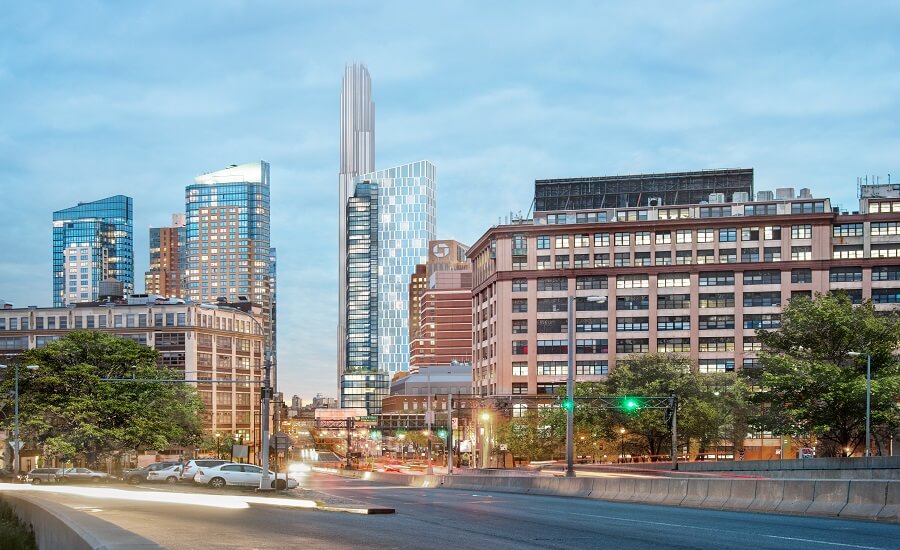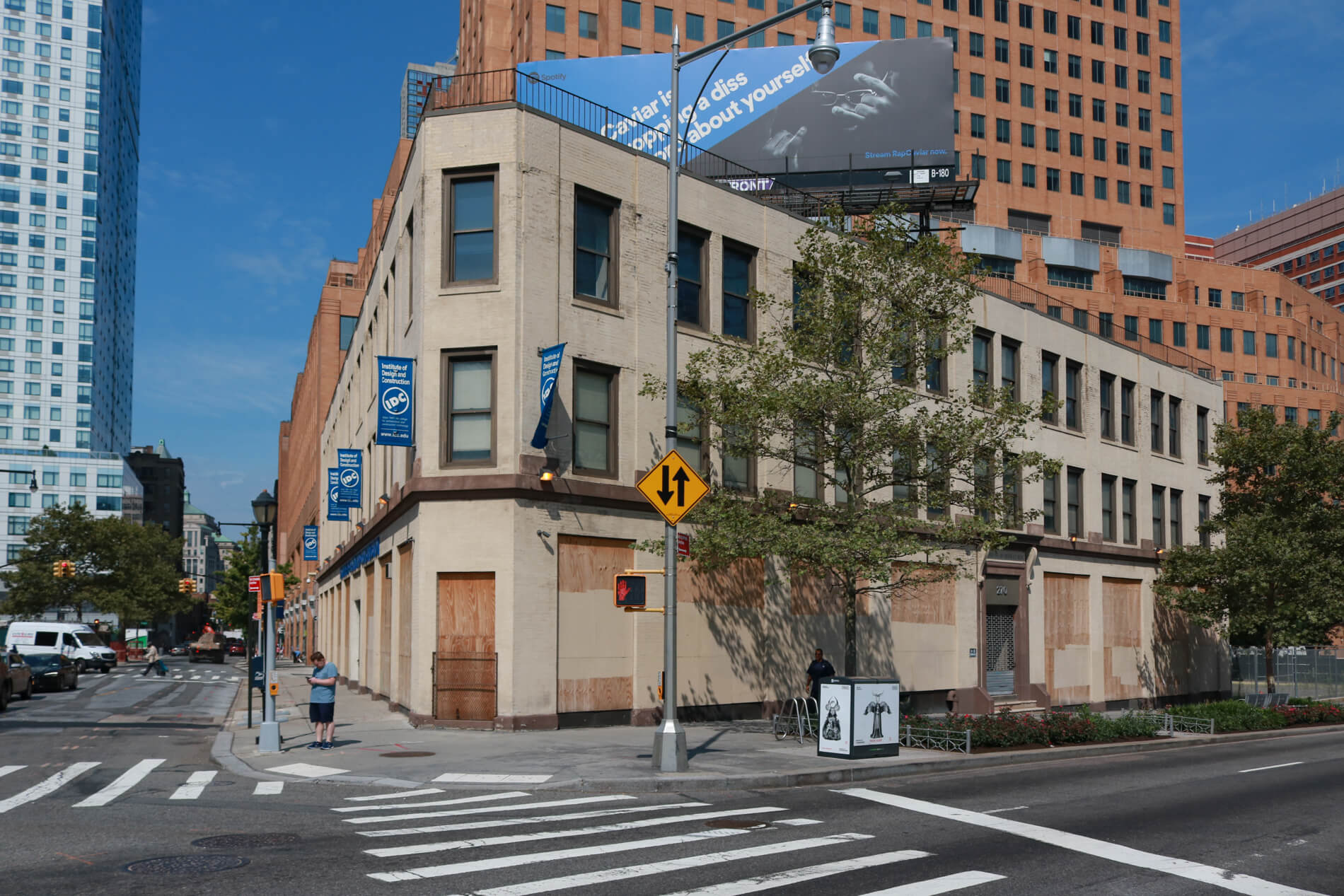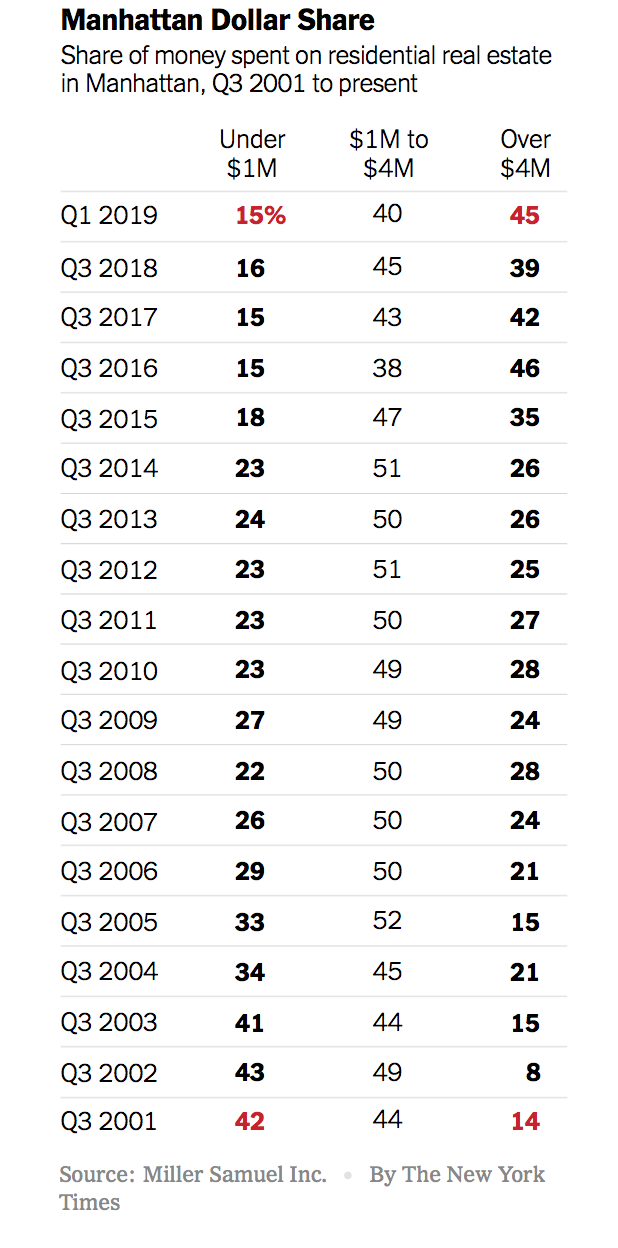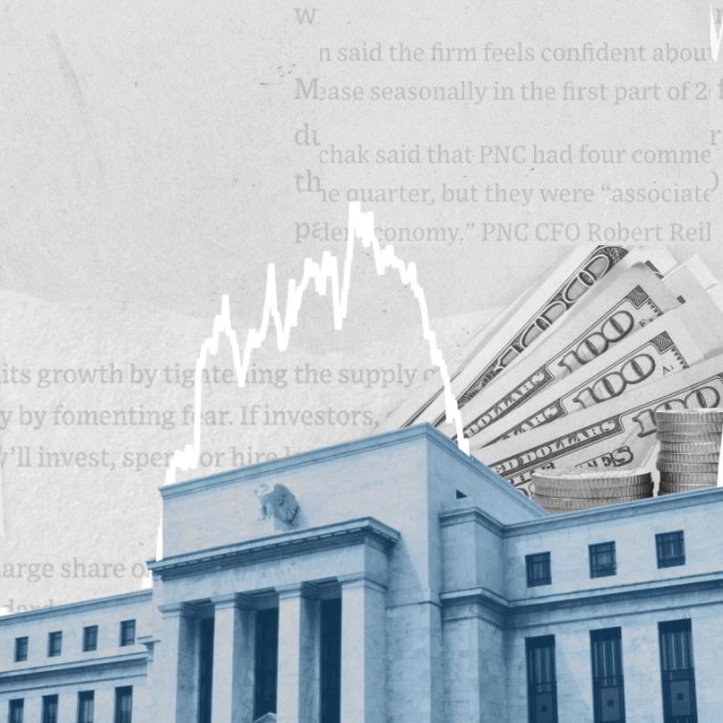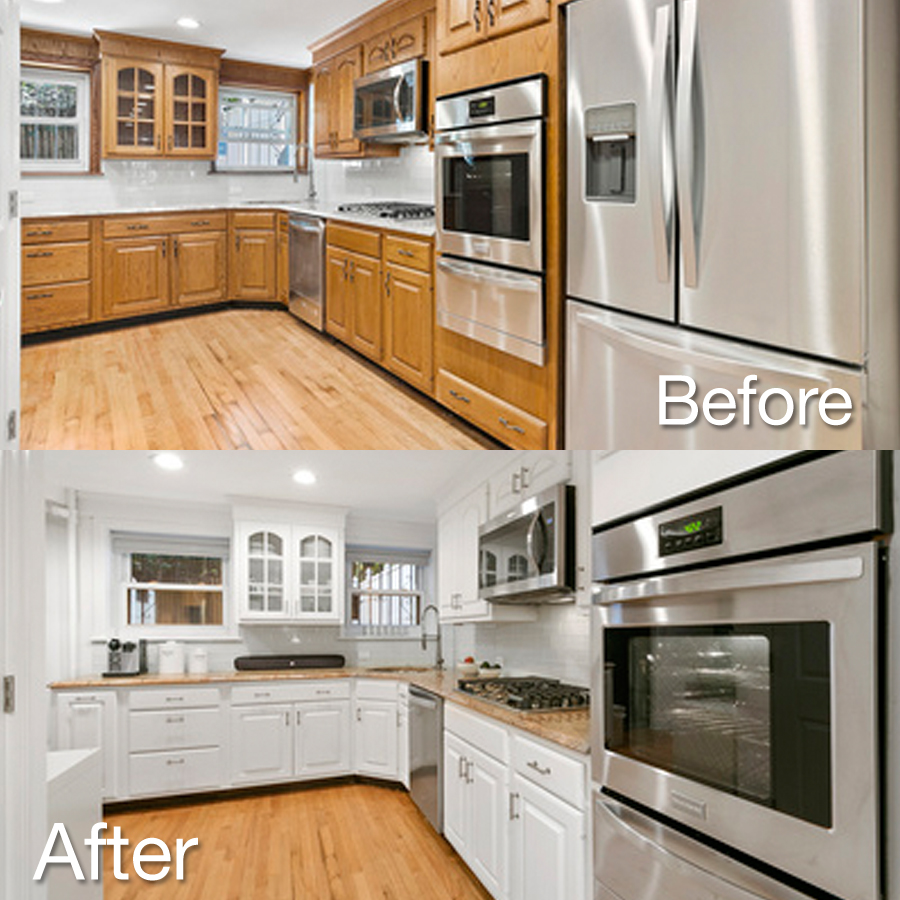Rates on the standard 30-year mortgage are at their lowest level in almost three years. They are closely linked to yields on 10-year U.S. Treasury notes, which on Wednesday tumbled to 1.675%, the lowest level since October 2016.
Mortgage rates are falling more slowly, but economists expect them to catch up if bond yields remain at this low level.
That is already prompting borrowers to flood lenders with calls. They are hoping to save hundreds of dollars a month by refinancing their mortgages or use lower-rate loans to buy more-expensive homes. The influx is a welcome development for a market that looked moribund late last year, when mortgage rates nearly reached 5%.
Falling behindTreasury yields are falling too fast formortgage lenders-and mortgage rates-tokeep up.Comparison of 10-year Treasury yields and30-year mortgage rates
%Treasury yieldMortgage rateJan. ’19MarchMayJuly1.52.02.53.03.54.04.55.0
Differential between 30-year mortgagerates and 10-year Treasury yieldsSource: Mortgage News Daily (mortgage rate);Refinitiv (Treasury yield)
.percentage pointsJan. ’19MarchMayJuly1.601.651.701.751.801.851.901.95

“My applications are up across the board,” said Angela Martin, a Nashville, Tenn.-based loan officer at Movement Mortgage, a retail mortgage lender that originates about $13 billion of loans a year. “Every time the Fed starts talking is when my phone starts ringing off the hook.”
The Federal Reserve trimmed its benchmark interest rate last week for the first time in a decade and after several years of rate increases.
Ms. Martin said she has seen a sharp increase this week in applications for refinancings and new-home purchases.
Average mortgage rates for 30-year fixed-rate loans have steadily fallen since a peak of 4.94% in November, according to mortgage-finance giant Freddie Mac , mirroring declines in the 10-year Treasury over that period. Thursday, Freddie Mac said the average rate fell to 3.6%, its lowest level since November 2016.
That figure doesn’t entirely factor in the most recent changes in the 10-year note, since lenders often take some time to reprice their mortgage rates after a big bond-yield drop, said Ralph McLaughlin, deputy chief economist at real-estate data provider CoreLogic Inc. That means lenders could soon start offering even lower rates. Until then, lenders may include perks such as credits at closing to entice borrowers in lieu of lower rates, he said.
Refi PoolNumber of U.S. homeowners who would qualify for and benefit from a refinancing, at different rates.Source: Black Knight Inc.
.millionMORTGAGE RATE3%3.253.53.7544.254.54.7555.255.505101520
What might seem like a small decline in mortgage rates can have a big effect on monthly payments. A 5% rate on a $500,000 30-year loan translates into a monthly payment of $2,684, according to LendingTree Inc., an online loan information site. At 4%, the monthly payment would fall to $2,387, excluding taxes and insurance.
Jim Cook, an advertising executive in Chicago, decided to refinance mortgages on his home and a rental property Friday, days after receiving a text from a college buddy urging him to take advantage of the steep drop in rates.
“When he texted me I thought the savings would be minimal, like $100,” Mr. Cook said. “Then I got the quotes in my inbox and showed them to my wife and she said, ‘That’s saving us $500!’”
Refinancing this month will cut about half a percentage point from his home mortgage rate and reduce monthly payments on the two properties to $3,392 from $3,844, he said.
Falling rates often lift the housing market. A one-percentage-point decrease in rates can typically lead to an increase in home sales of 7% to 8%, according to Lawrence Yun, chief economist at the National Association of Realtors.
But Mr. Yun said the current drop in mortgage rates might not have the same effect if consumers believe the falling rates are a product of broader economic uncertainty or a potential recession.
“Low rates are always welcome, but right now [low] rates are occurring for the wrong reasons,” Mr. Yun said. Investment accounts that borrowers planned to tap for a down payment have also likely been hit by broader stock-market swings.
Volatile stock markets have left many consumers nervous. U.S. stocks suffered their worst day of the year Monday amid worries about trade frictions and slowing growth, though they partly recovered Tuesday and Wednesday.
Falling rates can also inflate home prices, since borrowers can afford bigger mortgages when rates are low. That can harm those still looking to buy their first home, since high prices are already pushing many would-be borrowers out of the housing market.
For example, a borrower with a budget of $2,000 a month can afford a mortgage of roughly $373,000 when rates are 5%, according to LendingTree calculations. That same borrower can afford a mortgage of roughly $419,000 when rates fall to 4%.
“Low rates in the housing market are not an unambiguously good development,” said Tendayi Kapfidze, chief economist at LendingTree.
Much of the mortgage activity fueled by lower rates is in the form of refinancings, which can help mask a slowdown that by many measures is gripping the housing market. The Mortgage Bankers Association expects refinancing volume to rise 16% this year, and to make up 30% of mortgage loans. By comparison, the group expects mortgage-purchase loans to rise about 6%.
Black Knight Inc., a mortgage-data and technology firm, estimates that 9.7 million U.S. homeowners would qualify for and benefit from a refinancing. That is a 7.8 million increase from when rates peaked in November 2018.
“These are some of the lowest rates we’ve ever had,” said Guy Cecala, chief executive of Inside Mortgage Finance, an industry research group. “It certainly brings most people into refinance territory.”
Falling interest rates in recent months boosted mortgage refinancings far more than new-home purchases for Summer Garrett, a loan consultant at Caliber Home Loans Inc. in Dallas. She said refinancings make up about half the loans she is currently working on, up from less than 20% earlier in the year when both Treasury bond yields and 30-year mortgage rates were higher.
By Matt Wirz, Christina Rexrode and Rachel Louise Ensign Updated Aug. 8, 2019 1:43 pm ET
Reported by The Wall Street Journal


